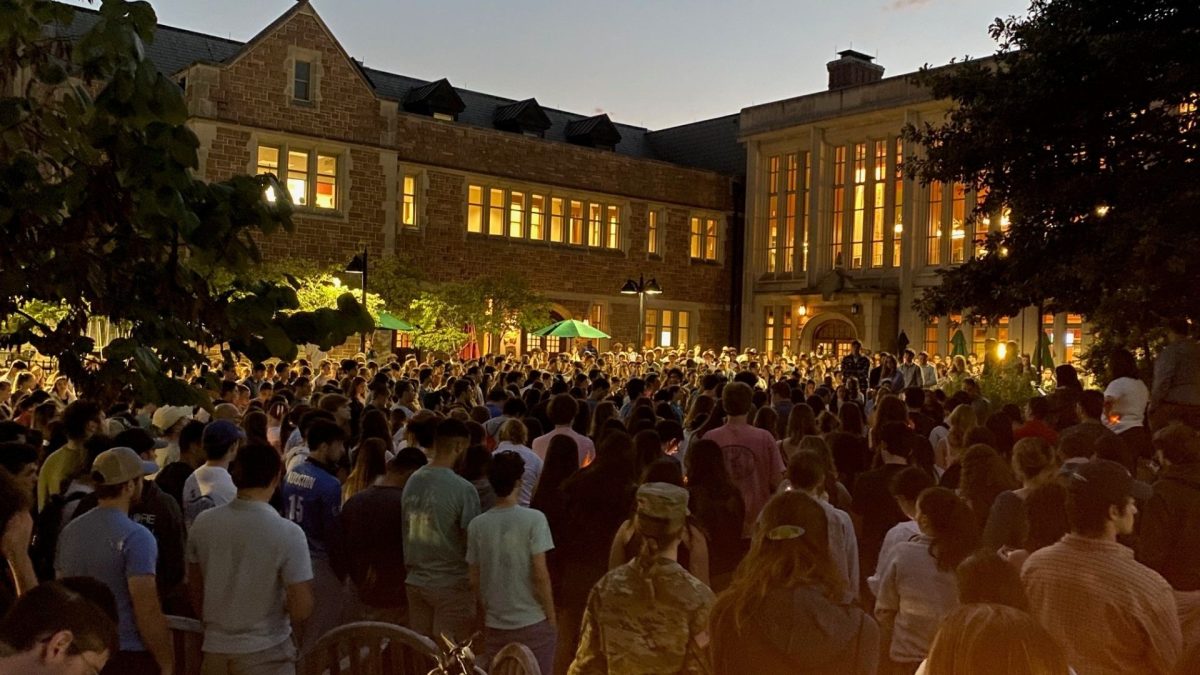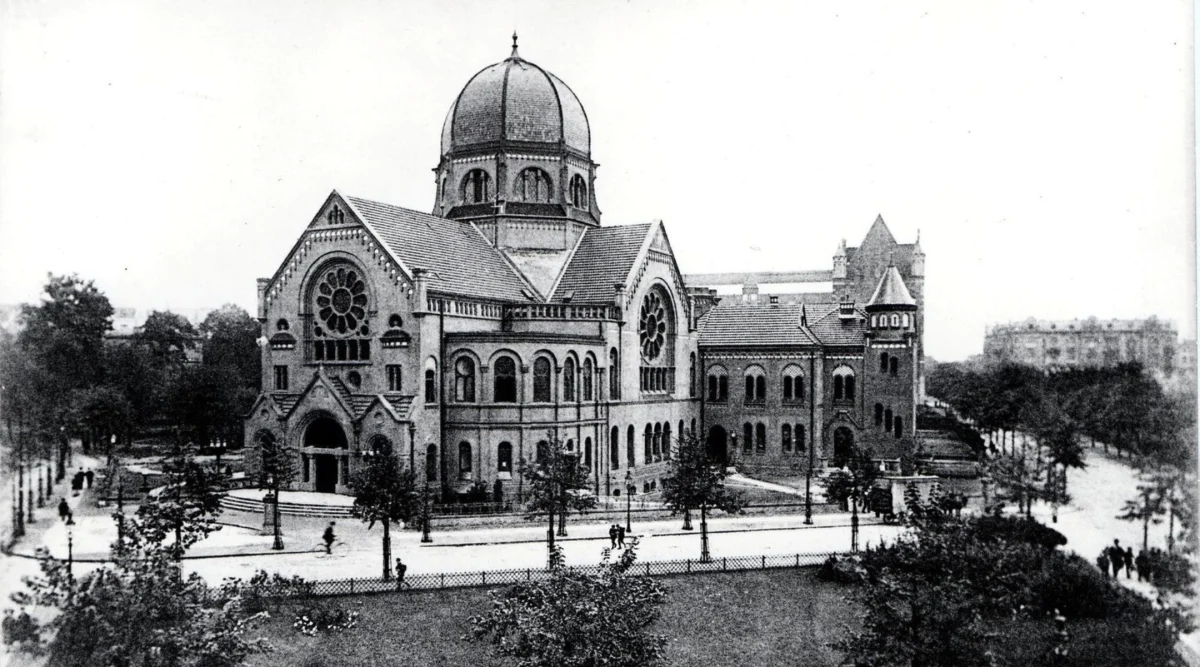Visiting “The Artist Who Captured Eichmann” exhibit at the St. Louis Kaplan Feldman Holocaust Museum offers a unique journey through both history and art. This exhibit, which opens today, Sept. 19 and runs through June 1, 2025 focuses on the duality of Peter Zvi Malkin, the Mossad agent responsible for Adolf Eichmann’s capture and his parallel life as an artist.
Here’s how to make the most of this engaging and thoughtfully structured experience.
Exhibit overview: Two stories in one
At the core of the exhibit is the dual mission of telling the story of Peter Malkin’s role in Eichmann’s capture while showcasing the artwork he created during that time.
“The exhibit is really trying to do two things: telling the story of Malkin’s time in Argentina and the operation that ultimately captured Eichmann from start to finish,” said Robb Nelson, exhibitions coordinator at St. Louis Kaplan Feldman Holocaust Museum. “Visitors will walk through Malkin’s personal journey, from his time spent undercover in Argentina to the covert operation that brought Eichmann to justice.”
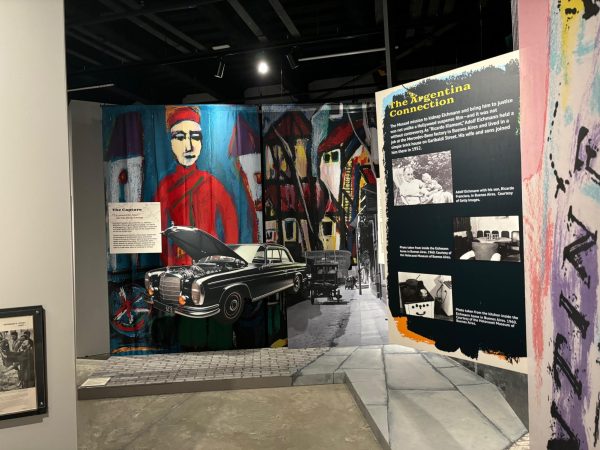
The flow of the exhibit
The exhibit begins with an introduction to both Peter Malkin and Adolf Eichmann. In the first room, visitors are introduced to Malkin, Eichmann’s escape and the covert operation that eventually brought Eichmann to justice. Here, you’ll gain insight into the early days of the mission, with Eichmann’s life on the run as the backdrop.
This carefully designed chronological structure allows visitors to follow the story as it unfolds—from Malkin’s initial involvement in the mission to the dramatic capture of Eichmann. As Robb explains, “We’ve tried to arrange things in a linear fashion as best as possible with the images placed strategically to guide visitors through this historical timeline.”
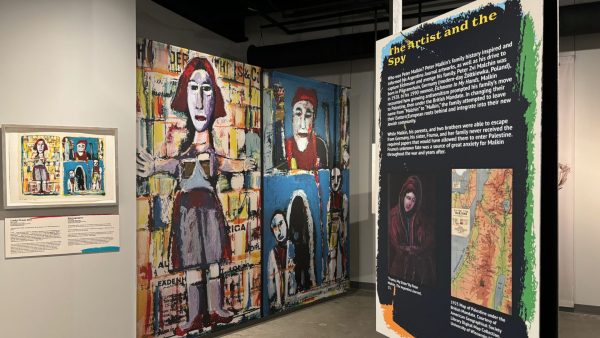
Room 1: The artist and the spy
The first major section of the exhibit, titled “The Artist and the Spy,” showcases the unique combination of Malkin’s two roles. This room reflects the dichotomy of Peter Malkin: a spy, but also an artist and that duality comes together in Argentina This room sets the tone for how visitors will explore Malkin’s dual identities and how each influenced the other.
Interactive questions for visitors
One of the unique elements of this exhibit is its interactive approach. Nelson points out that “there are a lot of questions being asked of the viewer: Who was Malkin? Who was Eichmann? What is the Argentina Journal?” These questions invite reflection and engagement from visitors as they uncover not only historical facts but also personal insights into Malkin’s internal world.
Parallel Stories: Art meets history
One of the exhibit’s more powerful elements is how it interweaves Malkin’s sketches with the unfolding historical narrative. As you move through the rooms, you’re not just learning about Eichmann’s capture—you’re also immersed in Malkin’s creative process.
“You’re seeing the story of Eichmann’s capture and Malkin’s artwork is dropped in along the way, representing parallel stories happening simultaneously,” says Nelson.
And Malkin’s own words are there to guide you. Many of the prints are accompanied by his personal quotes, providing a window into his thoughts and emotions as he created each piece.
“Underneath all the prints, there are quotes from Malkin, telling the story behind each image,” Nelson notes.
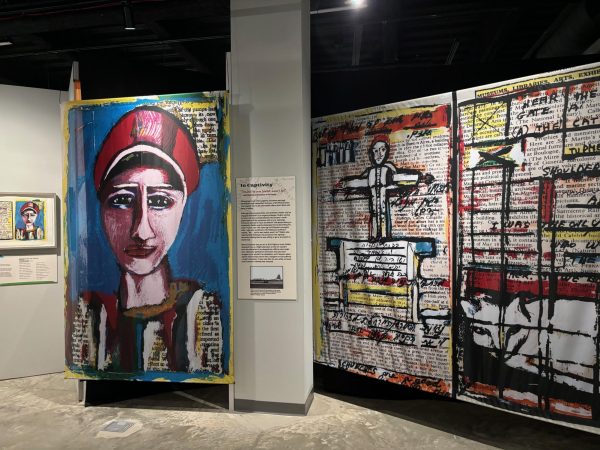
Later Rooms: The aftermath and reflection
The final rooms of the exhibit focus on Malkin’s time after the capture, documenting his travels in Buenos Aires and other parts of Argentina.
“These final rooms cover Malkin’s time in Buenos Aires after the capture, just before his return to Israel,” Nelson explains. “This section not only wraps up the historical narrative but also offers a contemplative conclusion to the exhibit, highlighting Malkin’s personal reflections in art form.”
Final Thoughts: A journey through parallel narratives
As you walk through “The Artist Who Captured Eichmann,” take the time to appreciate the exhibit’s twofold nature: it’s both a gripping historical tale of a daring capture and an intimate artistic journey. Make sure to read Malkin’s quotes as you view his sketches—they offer rare insight into the mind of the man who played such a pivotal role in history, while also creating art in the midst of it.
| RELATED: 5 takeaways from ‘Operation Finale’, the Adolf Eichmann capture story now on Netflix



